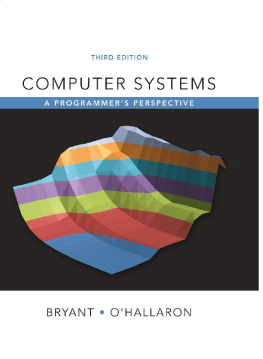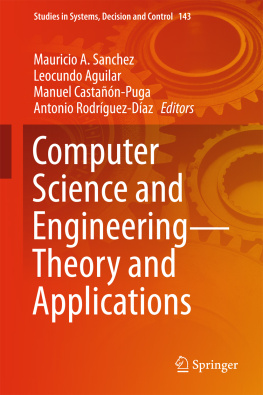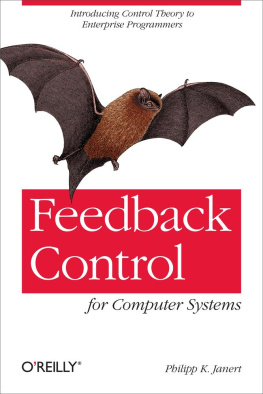Randal E. Bryant - Computer Systems: A Programmer’s Perspective
Here you can read online Randal E. Bryant - Computer Systems: A Programmer’s Perspective full text of the book (entire story) in english for free. Download pdf and epub, get meaning, cover and reviews about this ebook. year: 2015, publisher: Pearson, genre: Computer. Description of the work, (preface) as well as reviews are available. Best literature library LitArk.com created for fans of good reading and offers a wide selection of genres:
Romance novel
Science fiction
Adventure
Detective
Science
History
Home and family
Prose
Art
Politics
Computer
Non-fiction
Religion
Business
Children
Humor
Choose a favorite category and find really read worthwhile books. Enjoy immersion in the world of imagination, feel the emotions of the characters or learn something new for yourself, make an fascinating discovery.
- Book:Computer Systems: A Programmer’s Perspective
- Author:
- Publisher:Pearson
- Genre:
- Year:2015
- Rating:3 / 5
- Favourites:Add to favourites
- Your mark:
Computer Systems: A Programmer’s Perspective: summary, description and annotation
We offer to read an annotation, description, summary or preface (depends on what the author of the book "Computer Systems: A Programmer’s Perspective" wrote himself). If you haven't found the necessary information about the book — write in the comments, we will try to find it.
Package consists of:
- 013409266X/9780134092669 Computer Systems: A Programmers Perspective, 3/e
- 0134071921/9780134071923 MasteringEngineering with Pearson eText -- Standalone Access Card -- for Computer Systems: A Programmers Perspective, 3/e
MasteringEngineering should only be purchased when required by an instructor.
For courses in Computer Science and Programming
Computer systems: A Programmers Perspective explains the underlying elements common among all computer systems and how they affect general application performance. Written from the programmers perspective, this book strives to teach readers how understanding basic elements of computer systems and executing real practice can lead them to create better programs.
Spanning across computer science themes such as hardware architecture, the operating system, and systems software, the Third Edition serves as a comprehensive introduction to programming. This book strives to create programmers who understand all elements of computer systems and will be able to engage in any application of the field--from fixing faulty software, to writing more capable programs, to avoiding common flaws. It lays the groundwork for readers to delve into more intensive topics such as computer architecture, embedded systems, and cybersecurity.
This book focuses on systems that execute an x86-64 machine code, and recommends that programmers have access to a Linux system for this course. Programmers should have basic familiarity with C or C++.
Also available with MasteringEngineering
MasteringEngineering is an online homework, tutorial, and assessment system, designed to improve results through personalized learning. This innovative online program emulates the instructors office hour environment, engaging and guiding students through engineering concepts with self-paced individualized coaching With a wide range of activities available, students can actively learn, understand, and retain even the most difficult concepts.
Students, if interested in purchasing this title with MasteringEngineering, ask your instructor for the correct package ISBN and Course ID. Instructors, contact your Pearson representative for more information.
Randal E. Bryant: author's other books
Who wrote Computer Systems: A Programmer’s Perspective? Find out the surname, the name of the author of the book and a list of all author's works by series.













